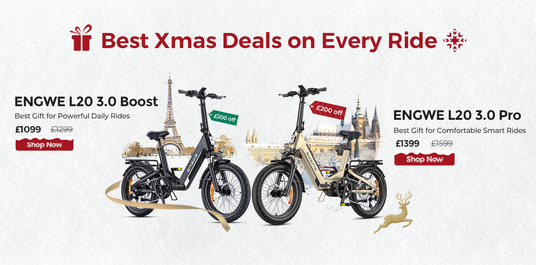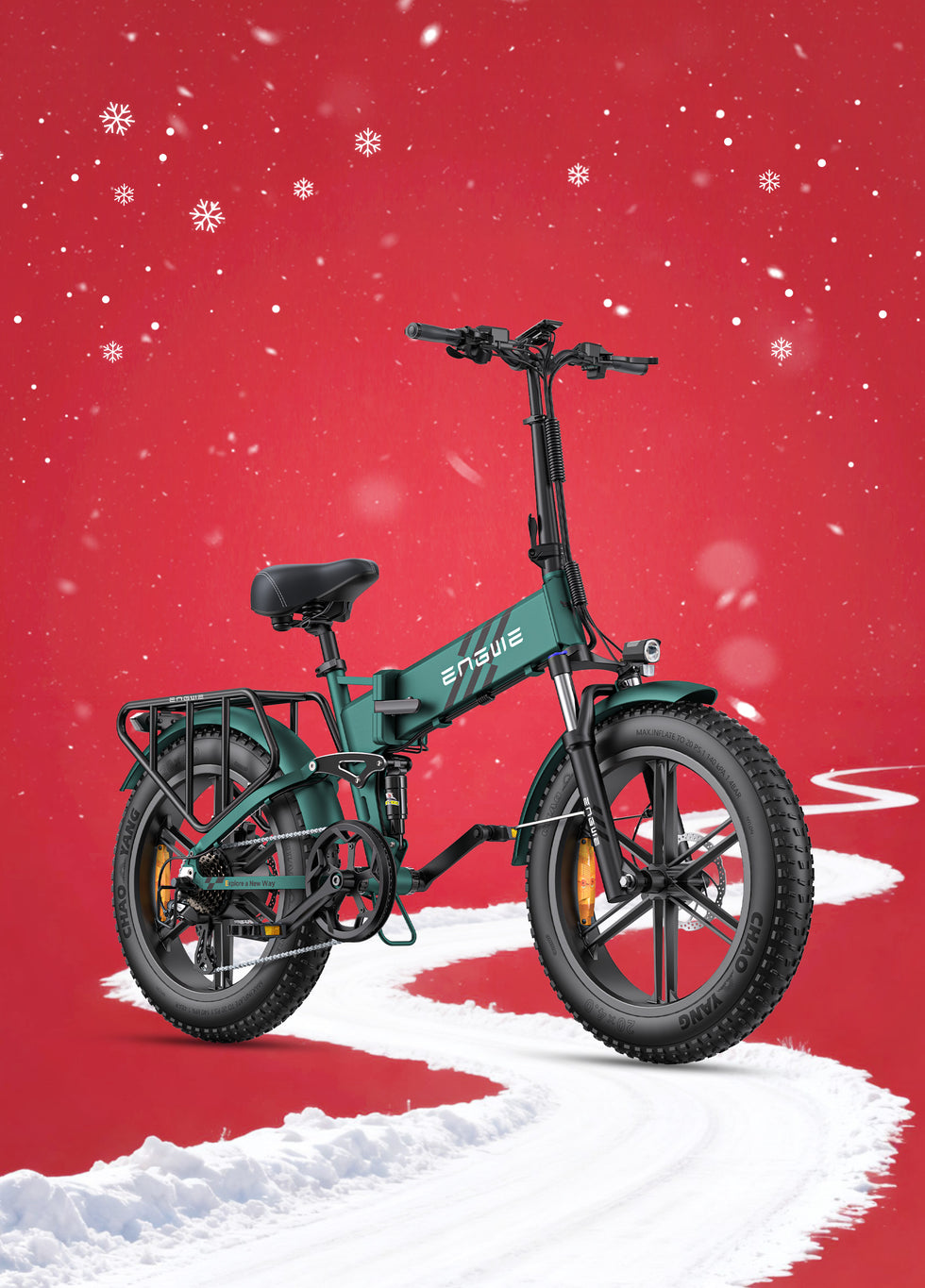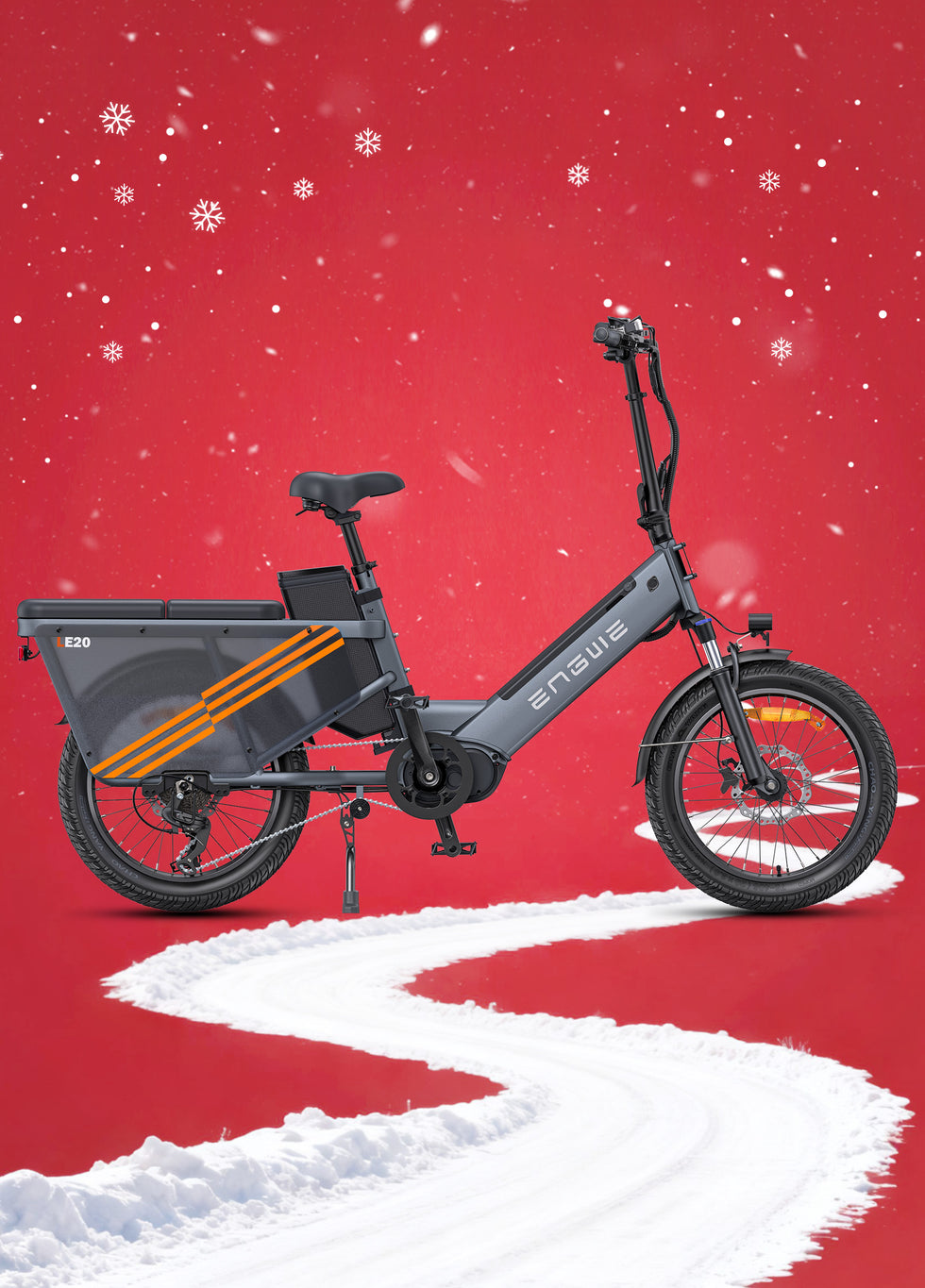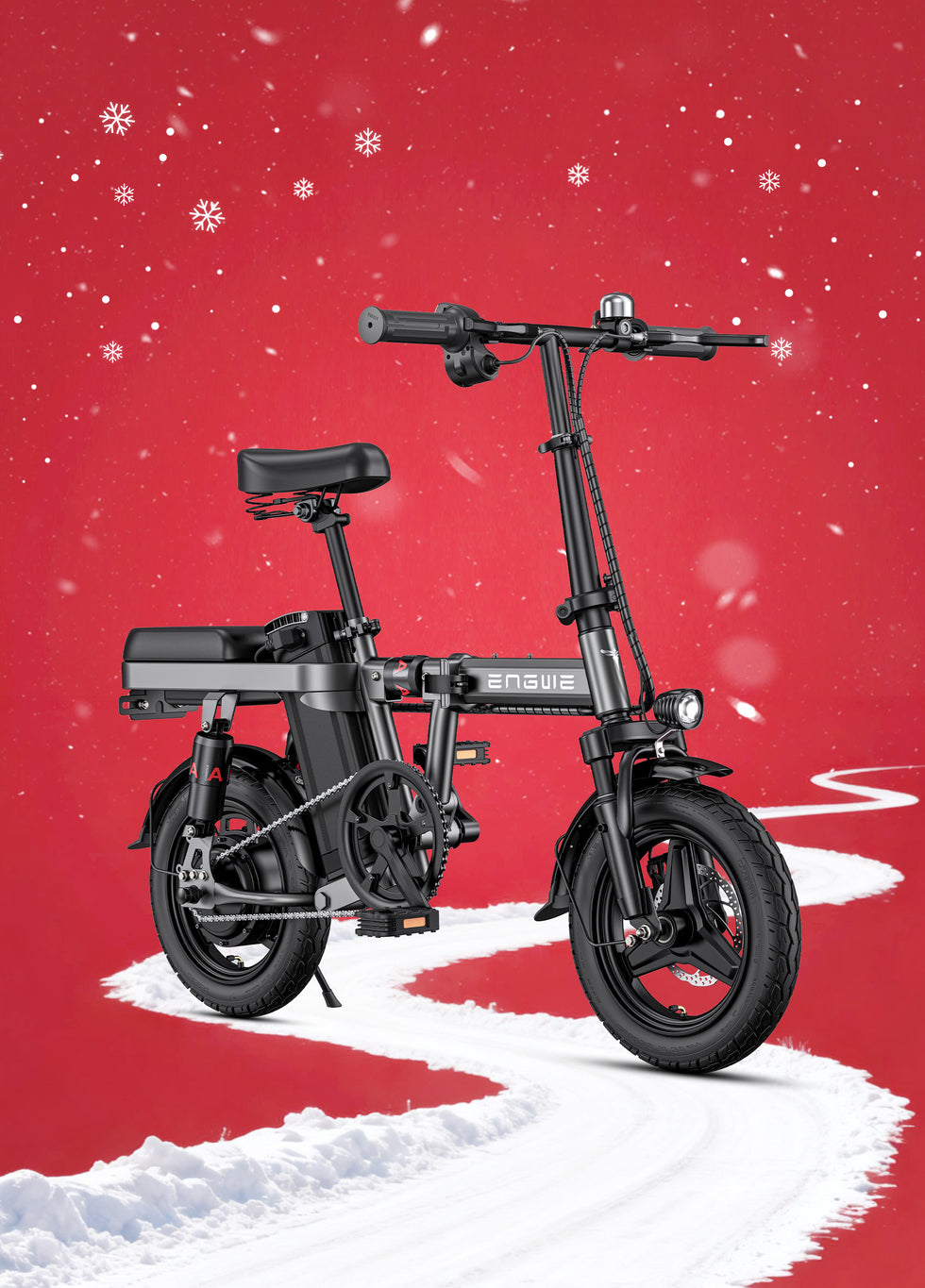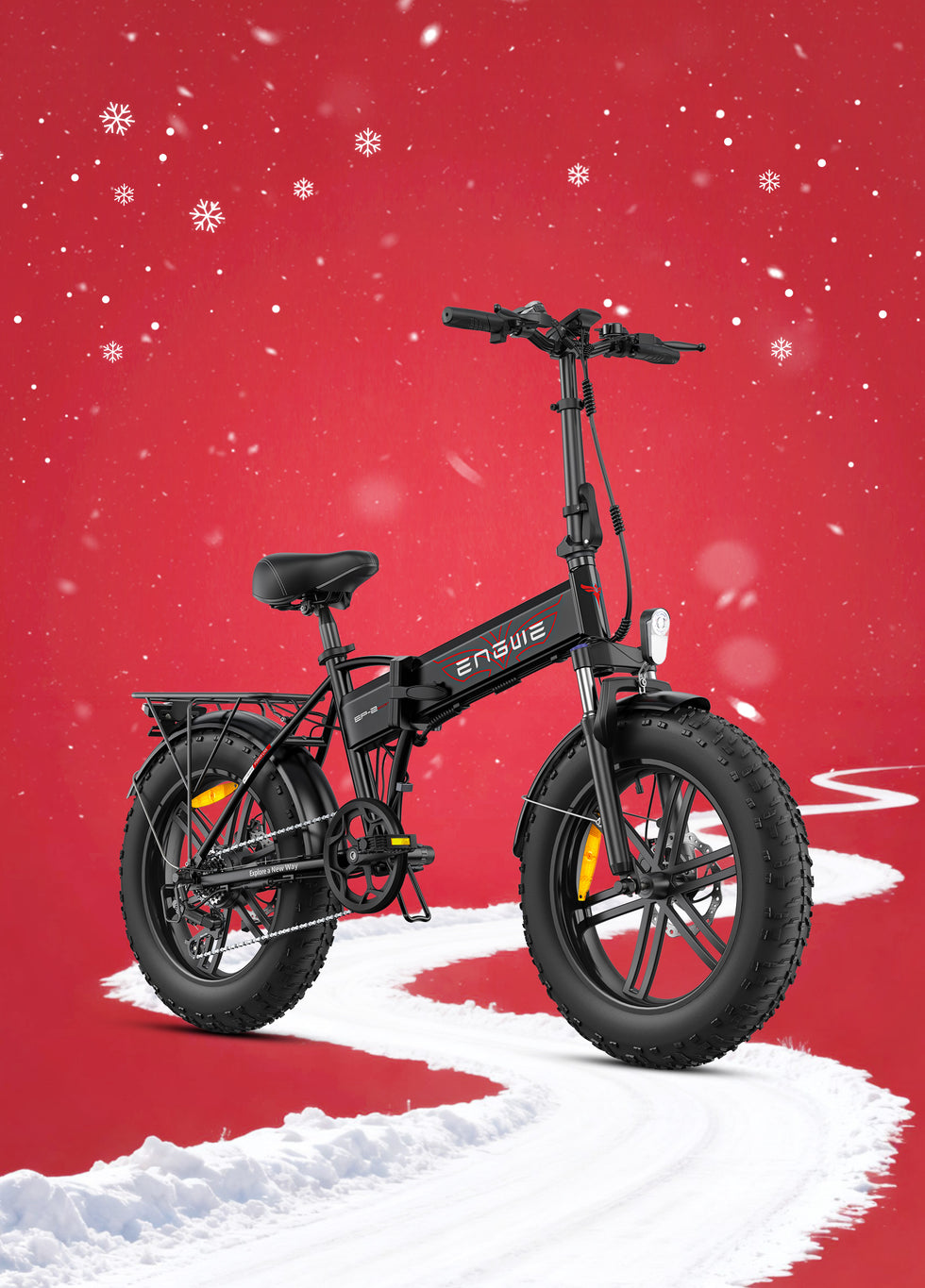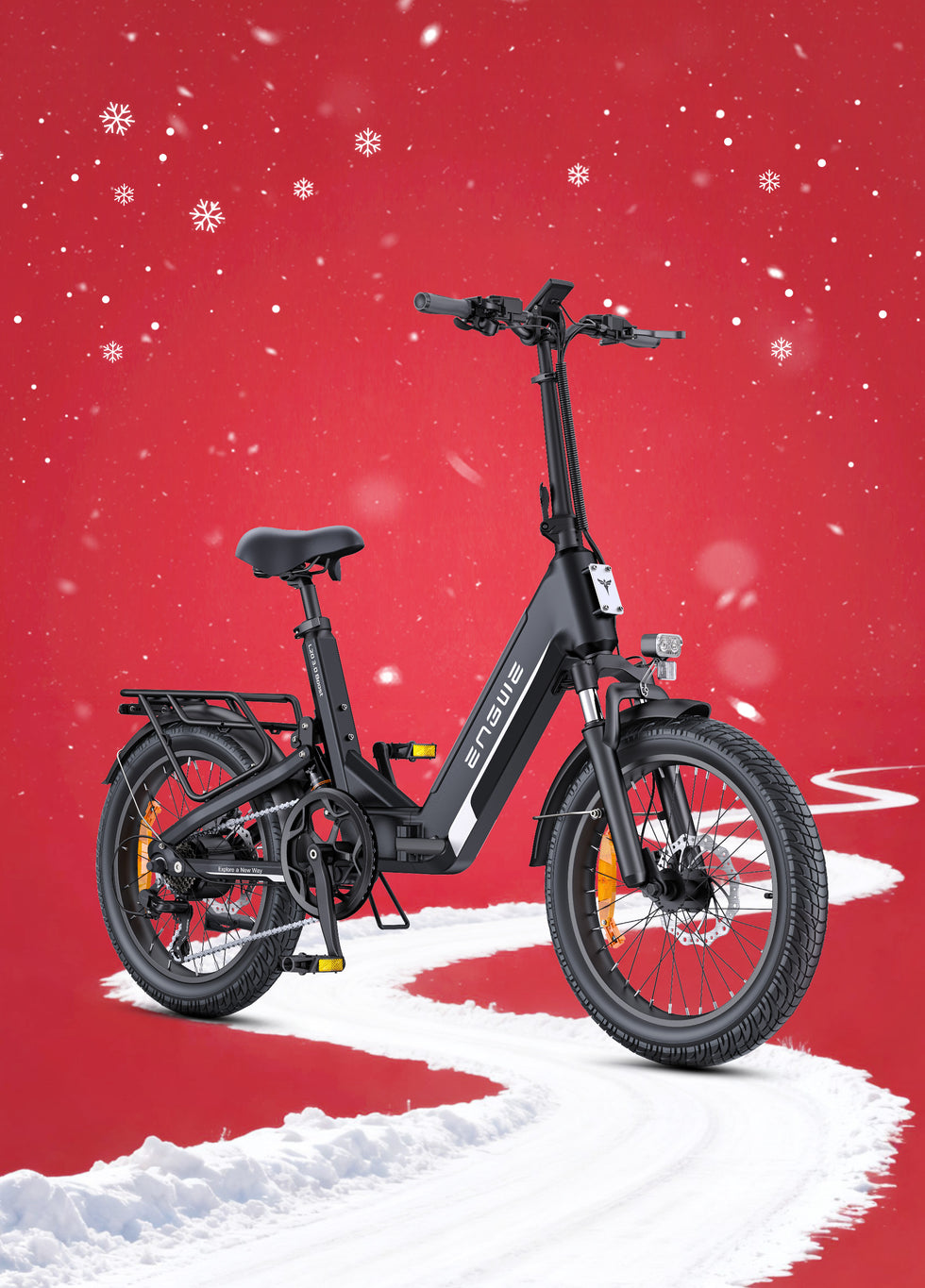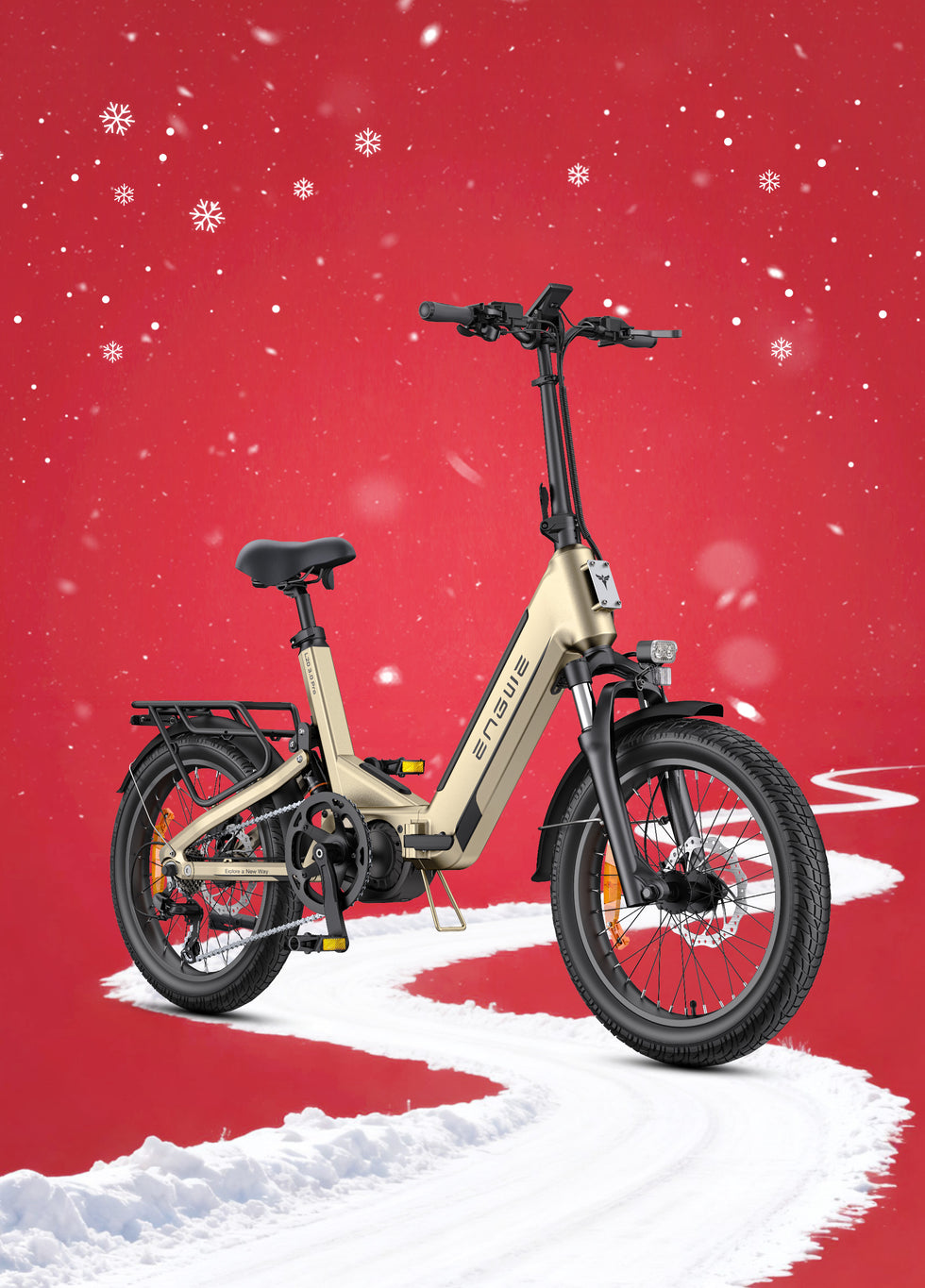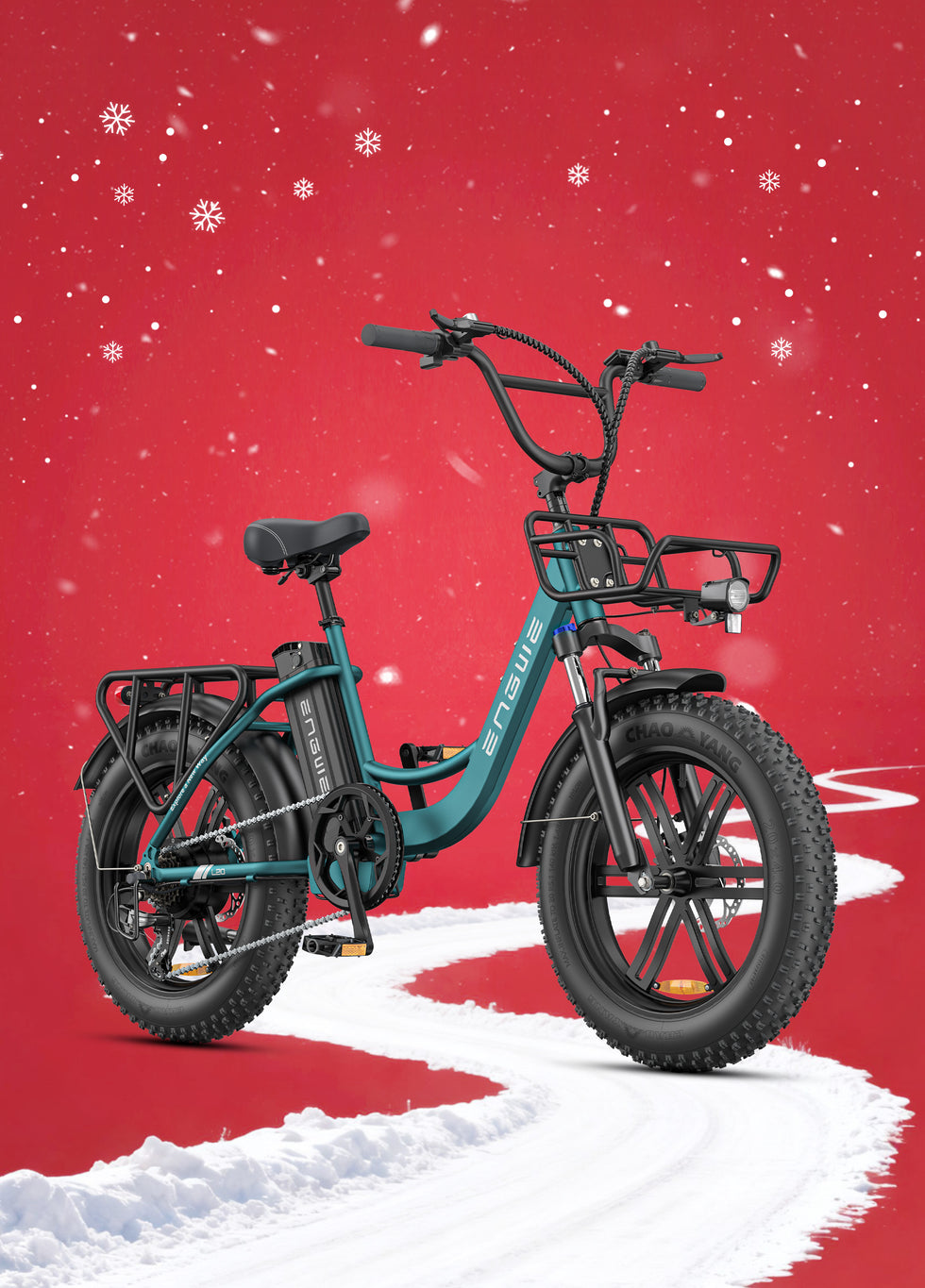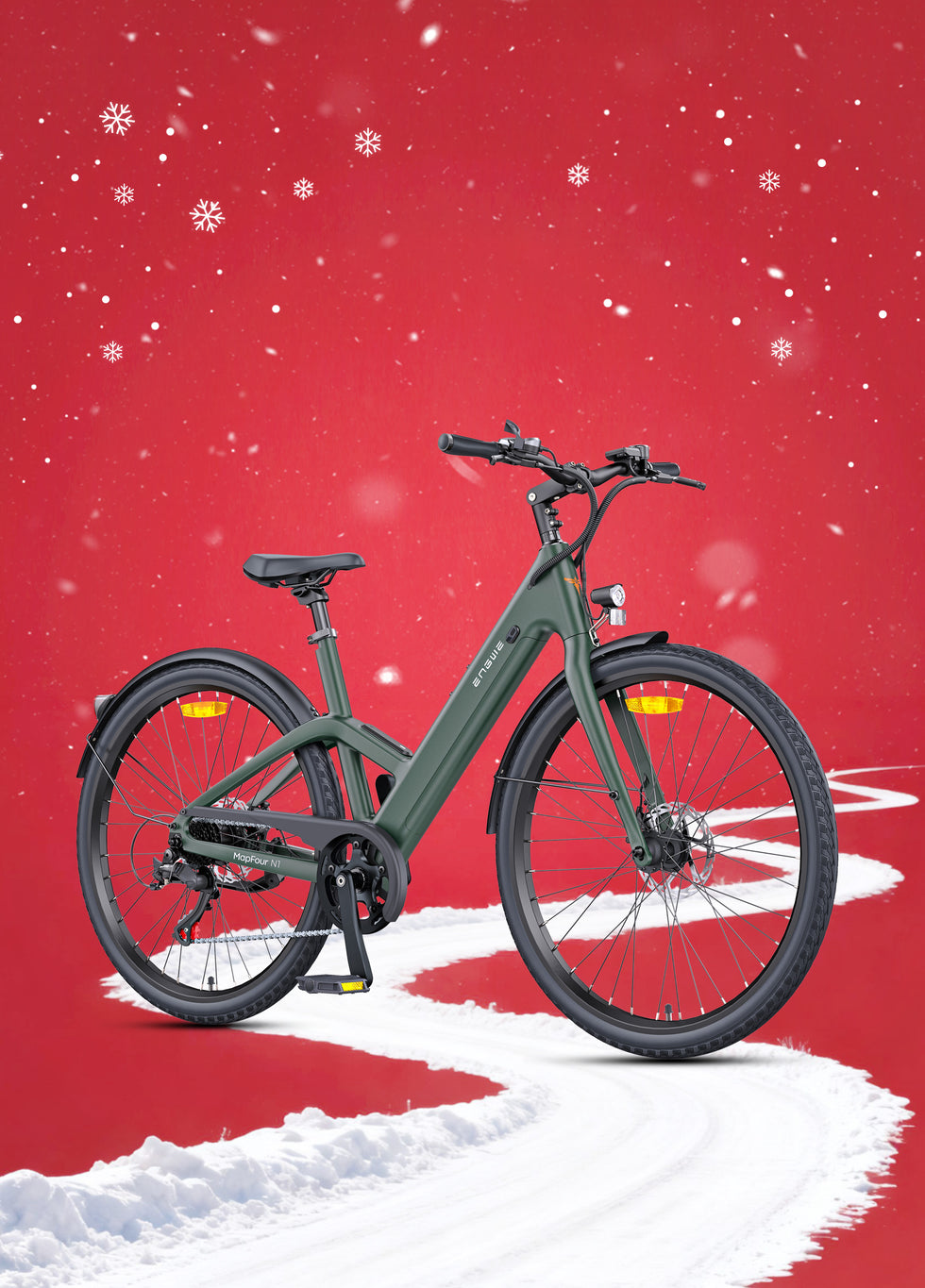Finding the best electric bike for the money can feel like navigating a maze. The market is flooded with options, each boasting different motors, batteries, and features, making it difficult to determine what constitutes true value. The secret isn't finding the absolute cheapest model, but identifying the bike that delivers the most performance, reliability, and joy for your specific needs without forcing you to pay for features you will never use. This guide is designed to cut through the noise, empowering you to assess what truly matters and make an informed decision that will serve you well for years to come. We will break down the process step by step, focusing on how to match your riding style to the right components and features, ensuring every pound you spend translates directly into a better cycling experience.
To structure our approach, let's identify the core questions a savvy buyer asks and how this article will address them.
| User's Potential Question | How This Article Provides the Solution |
|---|---|
| I don't know where to start. What type of e-bike is right for me? | We begin by helping you define your primary use: commuting, leisure, or all-terrain adventures, to narrow down your search. |
| All the technical specifications are confusing. What do I actually need to look for? | We will demystify the essential components like the motor, battery, and brakes, explaining what signifies good value in each category. |
| Can you give me an example of a bike that offers great value across the board? | We will highlight a specific model that exemplifies a perfect balance of features, performance, and practicality for the discerning buyer. |
| What about the extra features? Are things like suspension and racks important? | We explore the comfort and practical features that transform a good bike into a great one, and which ones offer the most bang for your buck. |
| How can I be confident in my final choice? | The article concludes by providing a framework to bring all this information together, helping you make a final, confident decision. |
Step 1: Define Your Ride – Matching the Bike to Your Lifestyle
Before you look at a single specification, the most important question to answer is: what will you primarily use your electric bike for? The best value for a city commuter is very different from the best value for a weekend trail rider.
For the Daily Commuter:
Your priorities are reliability, comfort, and practicality. You need a bike that can handle the daily grind in all weathers. Look for features like included mudguards to keep you clean and a rear rack for carrying a laptop or groceries. A bike with a decent range is crucial to avoid ‘range anxiety’ on your way home from work. Puncture-resistant tyres are a huge value-add, saving you time and hassle. For those with limited storage space at home or in the office, a foldable electric bike offers unparalleled convenience.
For the Leisurely Explorer:
If your rides are about enjoying the countryside on weekends or cruising along coastal paths, your focus should be on comfort and range. A bike with an upright riding position, a comfortable saddle, and front suspension will absorb bumps and make longer journeys more pleasant. A large battery is key here, allowing you to explore further without constantly checking the power level. You may not need the most powerful motor, but one that delivers smooth, intuitive assistance is ideal.
For the All-Terrain Adventurer:
If you plan on tackling canal towpaths, forest tracks, or bumpy rural lanes, you need a more robust machine. The key features to look for are wide, grippy fat tyres that provide stability and traction on loose surfaces. A strong frame and effective suspension are non-negotiable to handle uneven ground. Powerful disc brakes are also essential for safe and controlled stopping in varied conditions. A motor with high torque will be your best friend, helping you power up steep, unpaved inclines with ease.
Step 2: Decoding the Core Components for Maximum Value
Once you know your riding style, you can start assessing the hardware. This is where you find the true value.
Motor:
The heart of any electric bike. A 250W motor is the legal limit for road use in the UK and is ample for most situations. However, the real story is in the torque, measured in Newton-metres (Nm). Torque is the rotational force that gets you moving and helps you climb hills. For hilly areas or heavier loads, look for higher torque figures (50Nm or more). A torque sensor is a premium feature that provides a much more natural and responsive riding feel than a simple cadence sensor, delivering power that matches how hard you are pedalling. This is a significant indicator of a high-value bike.
Battery:
The key metric here is range. A battery’s capacity is measured in Amp-hours (Ah) and Volts (V). A higher number generally means a longer range. A bike that can achieve over 100km on a single charge in assist mode offers fantastic value and freedom. Another crucial value feature is a removable battery. This allows you to charge it conveniently indoors and acts as a major security deterrent, as a bike without its battery is far less attractive to thieves.
Brakes:
Do not compromise on brakes. Disc brakes are the standard for any decent electric bike. Mechanical disc brakes are reliable and easy to maintain, but hydraulic brakes offer more stopping power and better modulation. A great sign of a manufacturer investing in quality and safety is the use of larger 180mm brake discs, which provide superior stopping force, especially important for heavier bikes or when riding at speed.
Frame and Tyres:
The frame should be sturdy and accommodate your height. As mentioned, a foldable frame adds immense versatility. For tyres, the 20 x 4.0-inch fat tyre size has become incredibly popular for a reason. It offers a fantastic blend of comfort, acting as secondary suspension, and all-terrain capability, allowing you to ride confidently on tarmac, gravel, or even sand without needing a separate bike for each purpose.
A Prime Example of Exceptional Value: The ENGWE EP-2 Boost
To illustrate what a high-value package looks like in practice, it is worth examining a model that brings these elements together exceptionally well. The ENGWE EP-2 Boost Fat Tyre Foldable Electric E Bike serves as a benchmark for what you should expect for your money. It is powered by a robust and legally compliant 250W brushless motor, but its standout feature is the 55Nm of torque, accessible via a unique Boost button. This provides an instant surge of power, making steep inclines feel effortless. Crucially, it incorporates a torque sensor, which ensures the power delivery is smooth and intuitive, mimicking the feel of natural cycling. This is a feature often found on far more expensive bikes and adds enormous value to the riding experience. The bike’s versatility is its core strength. It combines 20 x 4.0-inch fat tyres with durable one-piece wheels, making it a true all-terrain machine ready for everything from city streets to challenging paths. The foldable frame enhances its practicality, allowing for easy storage and transport. Safety and utility are also front and centre, with powerful 180mm front and rear mechanical disc brakes, a bright LCD display, and a full Shimano 7-speed gear system. The package is completed by a high-capacity 48V13Ah removable battery, offering an impressive range of up to 120km in pedal assist mode, effectively eliminating range anxiety. Including essential accessories like a rear rack, mudguards, and integrated lights from the factory means it is ready to ride for any purpose, be it commuting or adventure, without any hidden extra costs.


Step 3: Beyond the Motor – Comfort and Practicality Features
The best value electric bikes are not just a collection of good components; they are designed as a complete, user-friendly package. Look for these additions that signal a thoughtful design.
Suspension:
A front suspension fork makes a massive difference to ride comfort, absorbing vibrations from rough roads and potholes. It turns a jarring ride into a smooth one and is a must-have for anyone not exclusively riding on pristine tarmac.
Gearing:
Even with a motor, a good range of gears is important. A reliable system, such as a Shimano 7-speed, allows you to find the perfect cadence for your pedalling, work in harmony with the motor, and tackle hills more efficiently, ultimately extending your battery life.
Included Accessories:
A bike that comes with a sturdy rear rack (check its weight capacity), full-length mudguards, a kickstand, and integrated lights represents outstanding value. Buying and fitting these items separately can add a significant amount to the total cost and hassle.
Step 4: Bringing It All Together to Make Your Choice
Finding the best electric bike for the money is a process of self-assessment and feature-matching. Start by defining your primary use case. Then, create a checklist of the core components that align with that need, focusing on motor torque, real-world battery range, and brake quality. Look for premium features that offer disproportionate value, such as a torque sensor or a foldable frame. Finally, factor in the complete package – do not underestimate the value of included accessories and comfort features like suspension. By following this structured approach, you move from being a confused buyer to an empowered one, ready to identify the bike that truly is the best for your money.
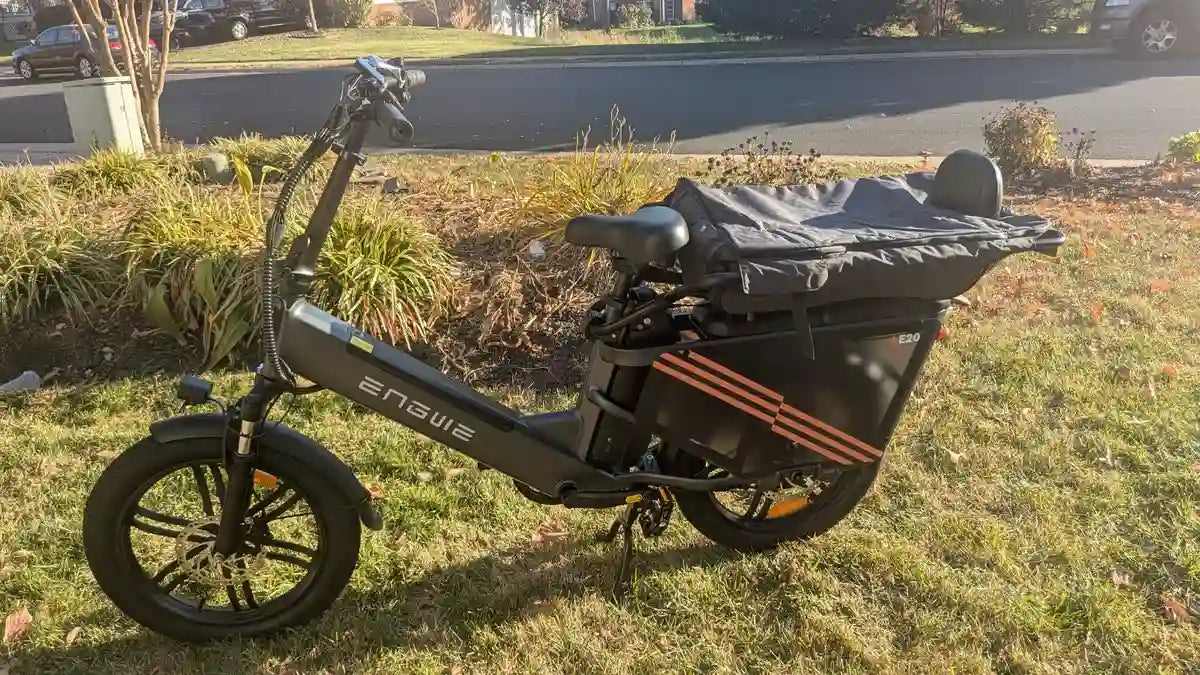
Frequently Asked Questions
1. How important is motor torque (Nm) versus wattage (W)?
While wattage (W) indicates the motor's power output, torque (Nm) is arguably more important for real-world performance. Wattage determines your top assisted speed (legally capped at 25 km/h in the UK), but torque determines your acceleration and climbing ability. A bike with high torque (e.g., 55Nm or more) will feel much more powerful from a standstill and will make climbing steep hills significantly easier, even with a standard 250W motor. For riders in hilly areas or those who carry heavy loads, torque is the number one motor specification to prioritise for a better experience.
2. Are fat tyres a good choice for city commuting?
Absolutely. While they excel on rough terrain, fat tyres (like 20 x 4.0-inch) offer surprising benefits for commuters. Their large volume of air provides excellent natural suspension, smoothing out bumps from potholes and uneven road surfaces for a more comfortable ride. They also provide a larger contact patch with the road, which can increase stability and grip, especially in wet conditions. While they may have slightly more rolling resistance than a thin road tyre, the assistance from the electric motor easily negates this, leaving you with the primary benefits of comfort and all-weather confidence.
3. What is the real-world battery range I can expect?
The advertised maximum range (e.g., 120km) is usually calculated under ideal conditions: a lightweight rider, on flat terrain, using the lowest level of pedal assist (PAS 1). In the real world, your range will be affected by factors like your weight, the hilliness of your route, wind resistance, tyre pressure, and how much you rely on higher assist levels or the throttle. A good rule of thumb is to expect around 60-70% of the maximum advertised range for mixed, everyday riding. A bike with a large battery and a high maximum range gives you a much larger buffer, ensuring you can complete your journeys without worry.
4. Is a foldable electric bike a good investment?
For many people, a foldable electric bike is an excellent investment in convenience and security. If you live in a flat without a garage, commute on a train for part of your journey, or want to take your bike on holiday in the boot of your car, the value is immense. It allows you to store the bike securely indoors, protecting it from theft and weather. This versatility means you are more likely to use the bike more often and in more varied situations, maximising its value to you.
5. What regular maintenance does an electric bike require?
Electric bikes require similar maintenance to regular bicycles, with a few extra considerations. You should regularly check your tyre pressure, clean and lubricate the chain, and check your brake pads for wear. For the electric components, the main task is to care for the battery: avoid storing it fully empty or fully charged for long periods, and keep it at room temperature. It is also a good idea to have a professional bike mechanic check over the bike, including the electrical connections and motor, once a year to ensure everything is in safe working order.
By focusing on your personal needs and these key value indicators, you can confidently find the electric bike that delivers the most performance and enjoyment for every pound spent.
